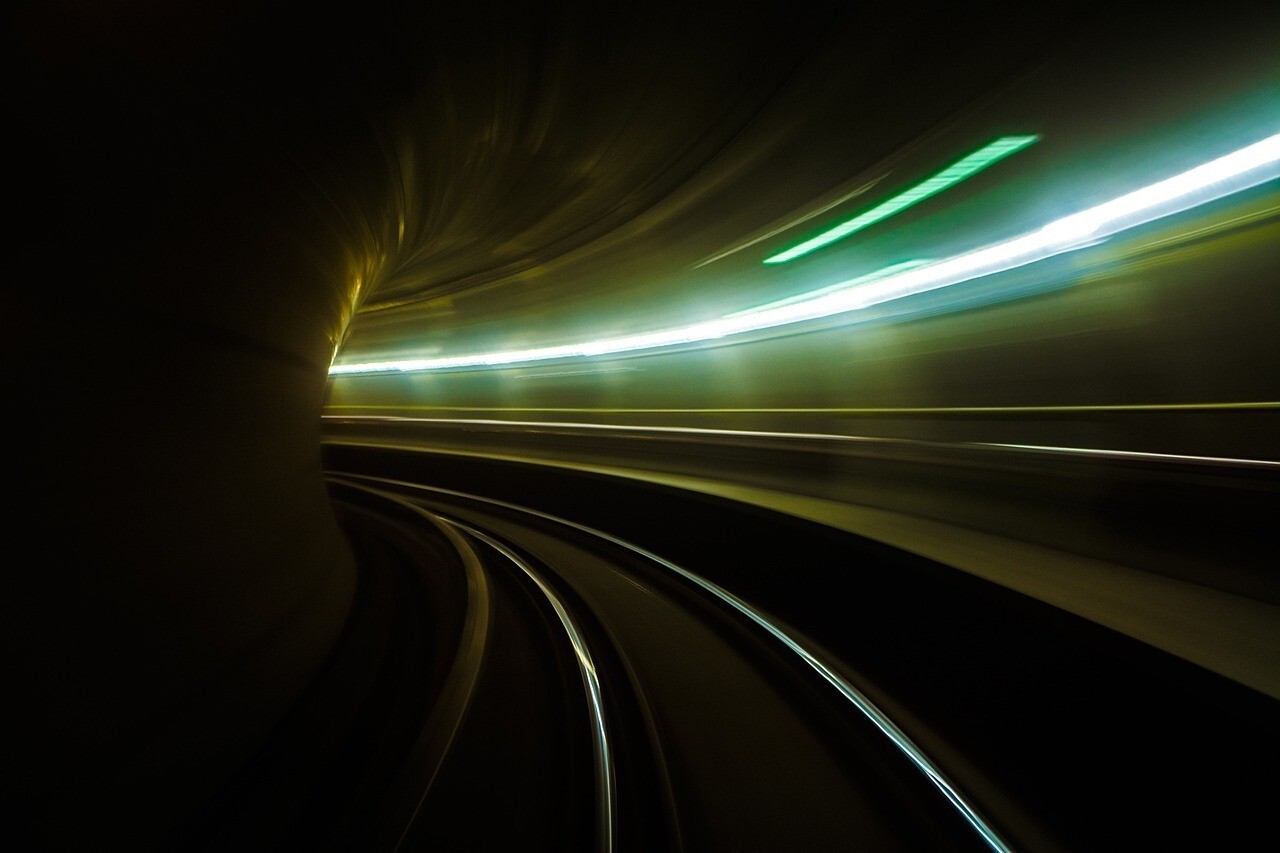

Kolkata Metro Railway's plan to replace steel third rail with advanced aluminium ones turns into reality as the Indian Railway's division successfully completes the third phase of the upgrade. Sanctioned in 2012, the project was to include an advanced aluminium third rail instead of the prior steel ones primarily to downsize energy losses and voltage drops, ushering to faster acceleration and receded headways for metro trains.

The significant upgrade on the Blue Line (from Dakshineshwar to New Garia stretching 32kms) with an advanced aluminium third rail is a green energy initiative to modernise the city's metro commuting channel, boosting efficiency and reducing operational costs and then cohesively aiming to augment energy efficiency and sustain the country's green energy objectives.
The third phase started on the stretch between Girish Park to Central stations, including the intermediate station — Mahatma Gandhi Road, on November 30, 2024, with a designated team led by Shri Sumit Kayal and Senior Section Engineer Abhishek Sinha. The team, who worked during a narrow 5-hour window overnight to secure uninterrupted metro service during peak hours, replaced approximately 700 metres of steel third rail. The new system has been installed with greater alignment precision, ensuring enhanced safety for passengers.
On completion of the initiative, Kolkata Metro Railway will be at par with Singapore, London, Moscow, Berlin, Munich, and Istanbul Metros, where the second rail has already been replaced with aluminium.
Metro Railway CPRO Kausik Mitra had said previously, “In its 40th year, Kolkata Metro is joining the hi-tech club, replacing the age-old steel third rails with aluminium ones. The change will have an immense impact on metro operations.”
Aluminium third rail offers several advantages over steel, including superior electrical conductivity. With a conductivity of 38 million siemens per meter, aluminium notably reduces energy losses compared to steel's 6 million siemens per meter. As a result, this upgrade will lead to better operational efficiency, faster train acceleration, and, ultimately, cost savings within five years. Moreover, the switch to aluminium is expected to reduce carbon emissions by 50,000 tonnes over the rail's lifespan.
The project has been meticulously planned to improve safety, with the new third rail requiring less maintenance and offering a longer lifespan. Unlike steel, which requires welding, aluminium rails are joined using splice joints, a method that reduces the risk of cable fires and improves air quality inside the tunnels. This emphasis on safety and reliability should reassure commuters and stakeholders about the robustness of the new system.
The Metro Railway has given the contract to a German company renowned for its extensive experience in manufacturing and replacing Third Rails for over 20 world-class Metros. The replacement project is scheduled for completion within two years. Aluminium third rails have previously been successfully installed on the East-West Metro (Green Line) and the Joka-Taratala stretch of the Purple Line. This technology will also be implemented across all future corridors of the Kolkata Metro.
Responses








